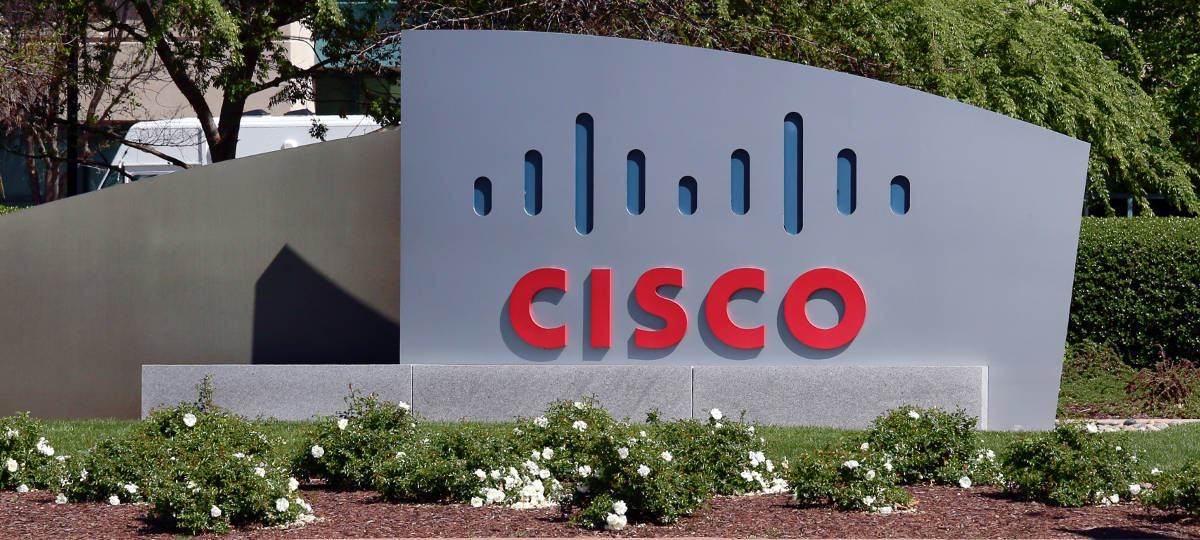“In the flash of a digital business moment, a customer may become a partner or even competitor,” said Betsy Burton, vice president and distinguished analyst at Gartner. “Digital business requires an organisational architecture that seamlessly accommodates economic agents in different roles depending on context, and can cope with an exponential increase in interactions from many different things, people and customers.”
Gartner calls new economic models arising from digital business the “economics of connections.” This idea builds upon Metcalfe’s law, which was originally used to describe telecommunications networks and states that the value of an agent within a network increases exponentially as the number of connections increases. For example, a network of two telephones can only make one connection, but a network of five can make 10 connections, and so on.
“Digital business significantly changes this type of value calculation that guides investment decisions,” said Ms Burton. “First, tens of billions of things will join the billions of people and millions of businesses online. Second, any of these agents will be able to play multiple roles: customer, partner, supplier, employee, competitor, or a combination of them.”
An example of this is London Theatre Direct. It enables any person or business to write apps or put information on its web site in order to sell tickets. That same person or business might attend a theatre as a customer and/or support the theatre as a partner through donations or sponsorship. In the US, DigitalGov enables citizens to access all kinds of information, from government jobs to population data. In this respect, citizens are customers. Thanks to an application programming interface, they can also act as partners and suppliers by creating portals and services based on the DigitalGov platform. The more ways by which people, businesses and things can be connected to a store of information, the more value it will have.
The exponential increase in connections that digital business brings and the different roles each agent may take in the network are making the architecture of digital business less siloed. “People, processes, information and technology are more fluid and integrated,” said Ms Burton. “To accommodate these dynamic connections among people, businesses and things, enterprise architect (EA) practitioners will have to design a digital business architecture to support them.”
In addition, EAs must create deliverables that help business and IT leaders engage agents beyond the initial transaction. Speaking with peers in digital marketing and customer experience would be a good starting point, but the scope of opportunity for interactions in the economics of connections must include partners, employees, suppliers and more.
“EAs need to start developing unified solutions to track dynamic contextual information about various agents in different roles, as well as what drives their behaviour,” said Ms Burton. “With this ecosystem, they can identify the critical agents in their digital economy and quantify their value in terms of money, goods, influence and reputation.”
More information is available for Gartner clients in the research note “Architect Digital Business to Maximize the Value of Dynamic Economic Agents.” This research note is part of the Gartner Special Report “Unlock Digital Business Value Through the Economics of Connections,” which is a compilation of research note explaining how digital business leaders need to design flexible ecosystems to exploit the economics of connections.
Gartner analysts will further explore how EAs can build digital ecosystems that enable the economics of connections at the Gartner Enterprise Architecture Summits 2016, in National Harbor, Maryland on 11-12 May and in London, UK on 15-16 June. You can also follow updates before and during the events on Twitter using the hashtag #GartnerEA.














